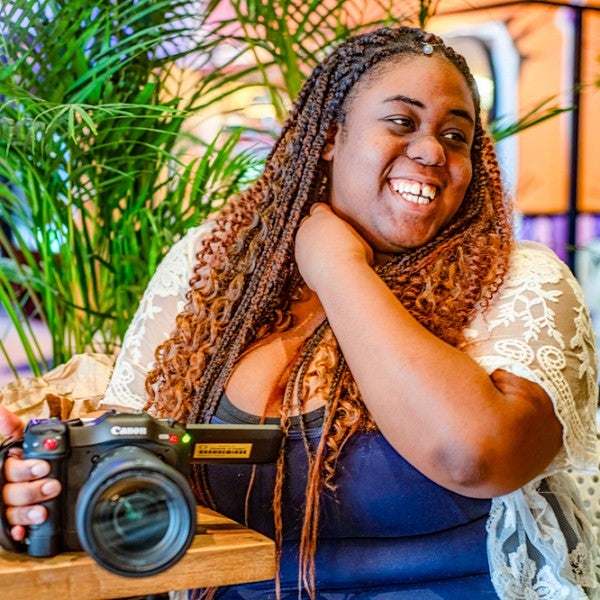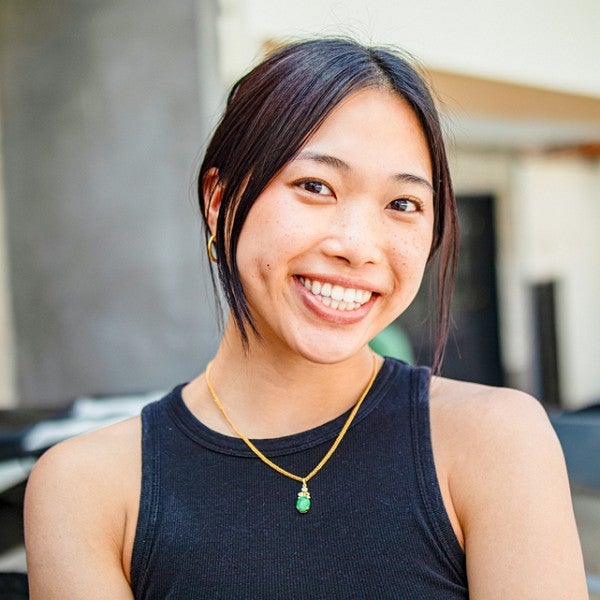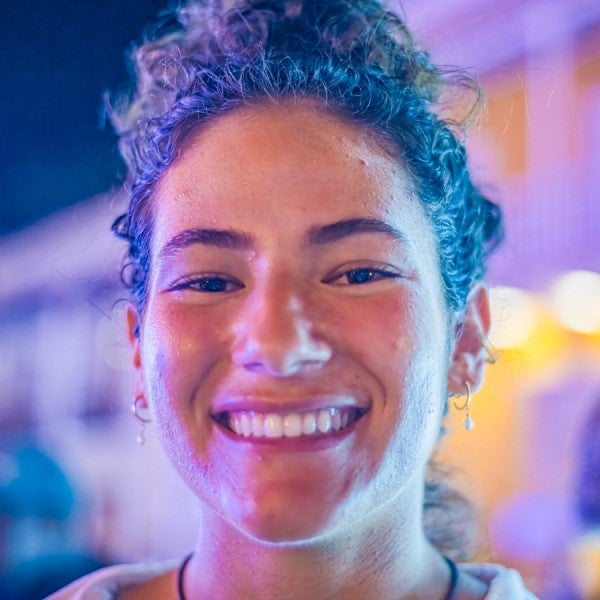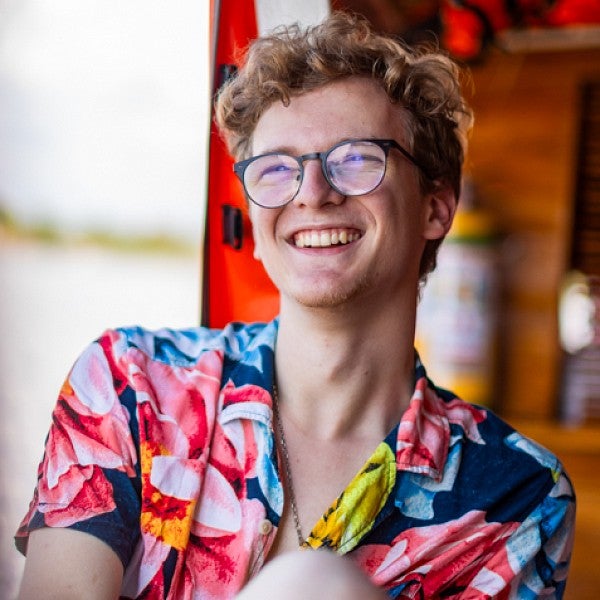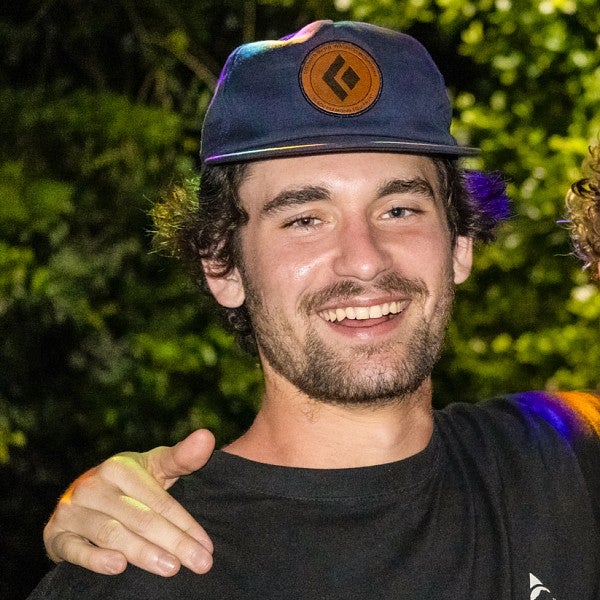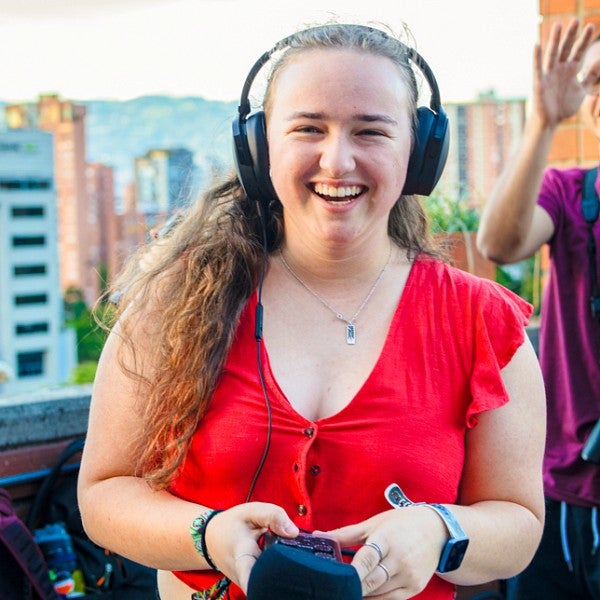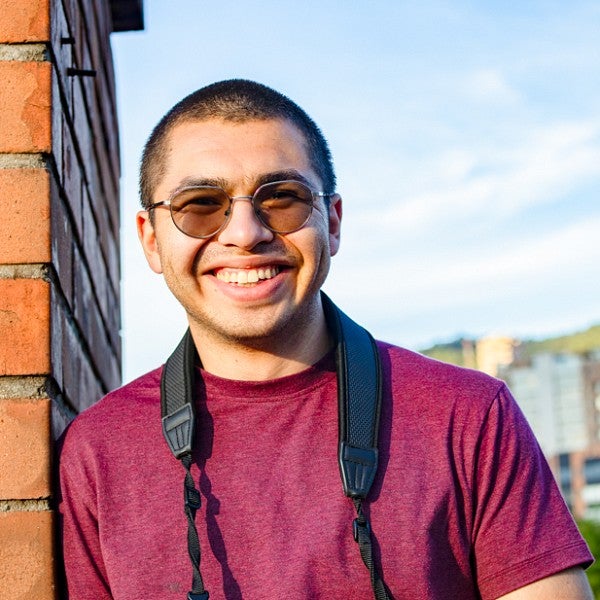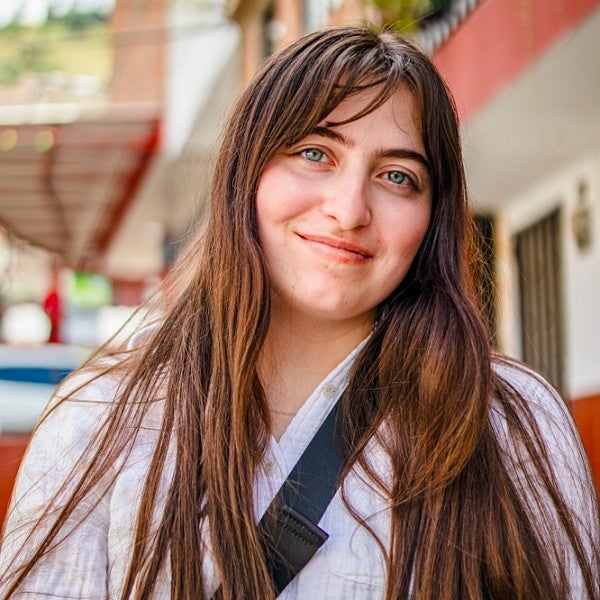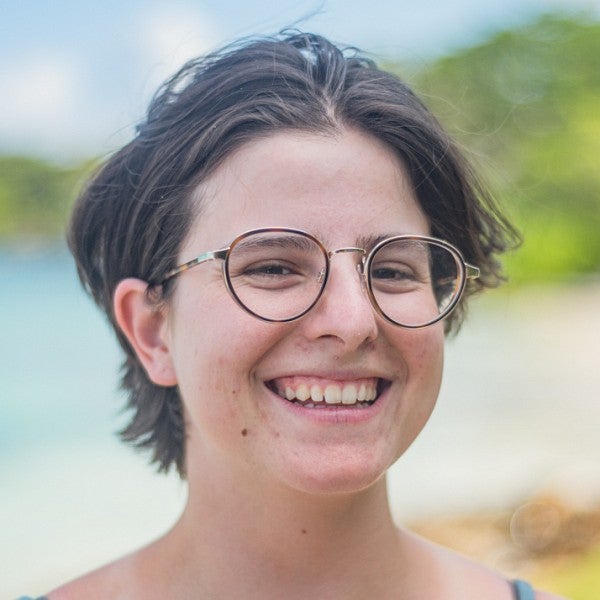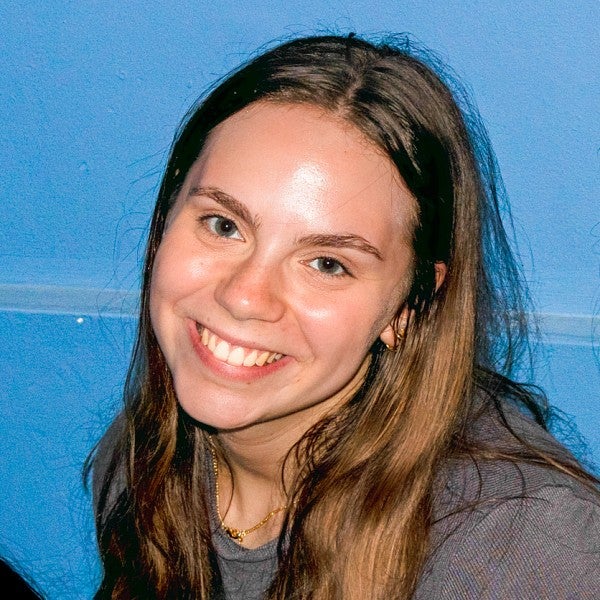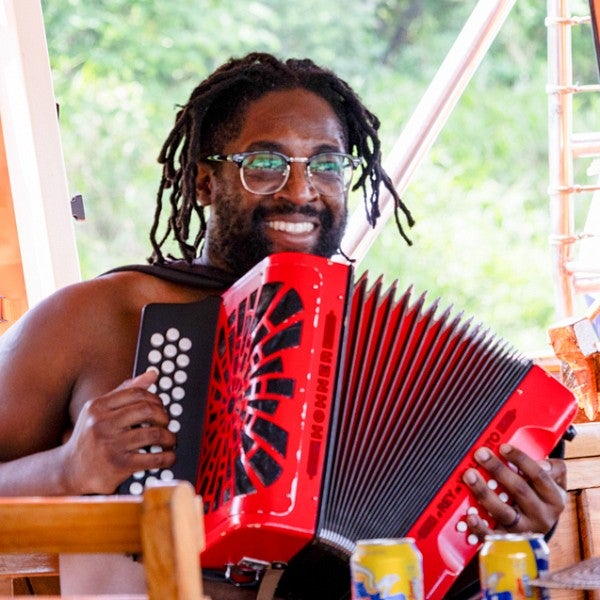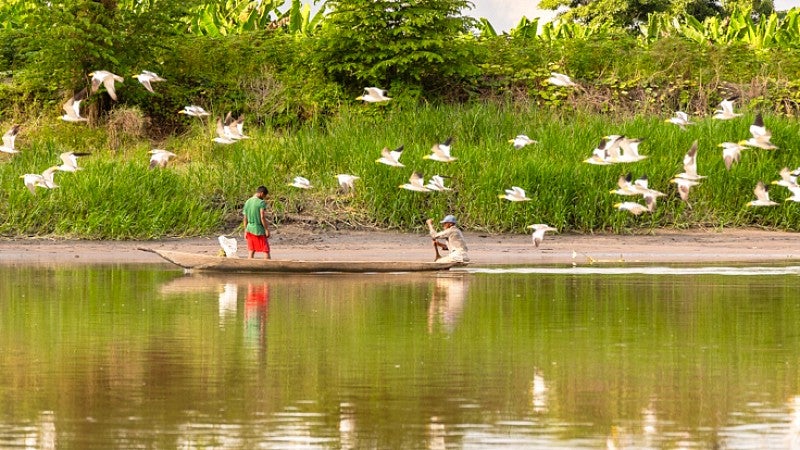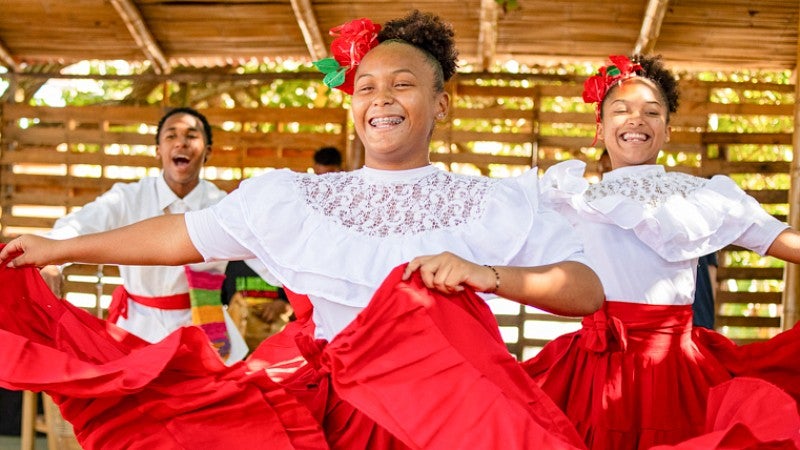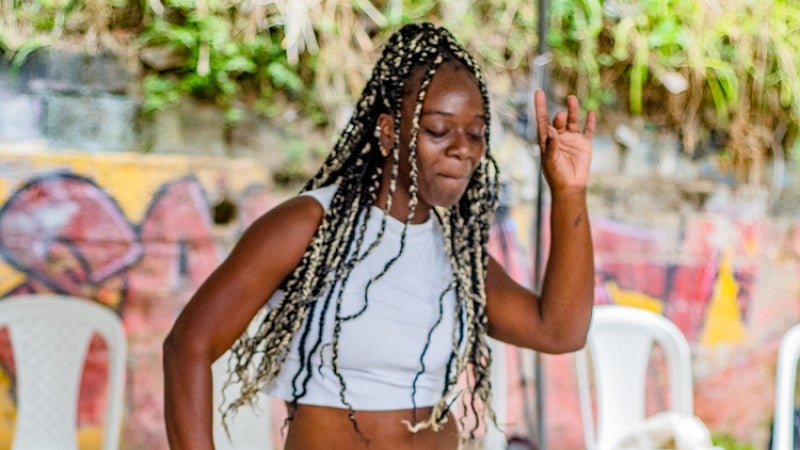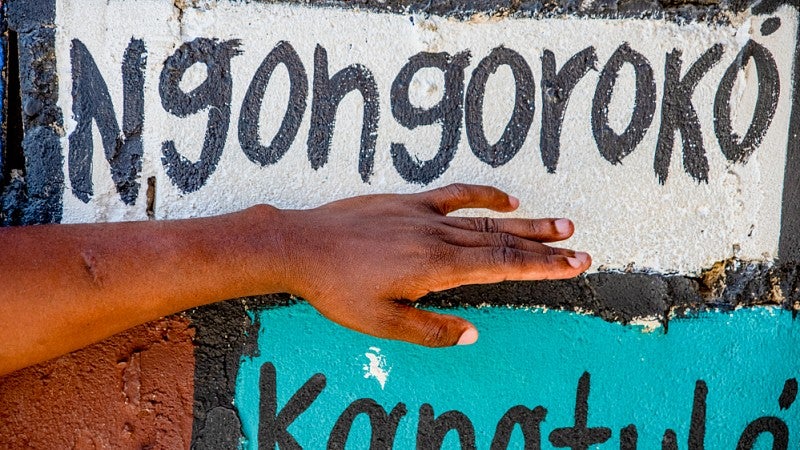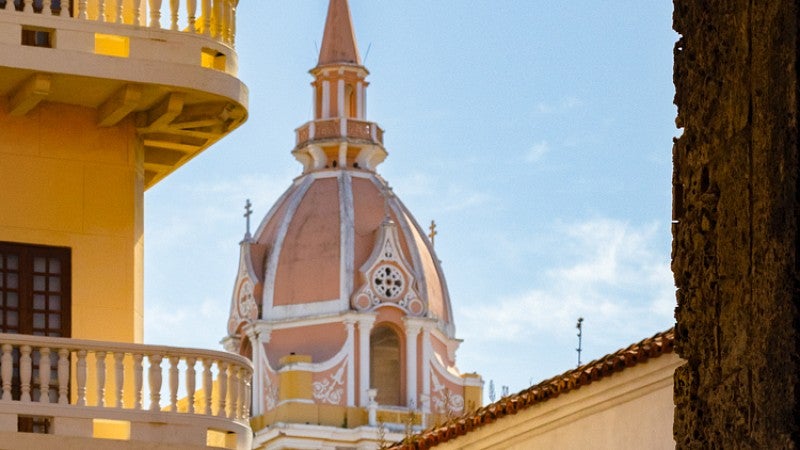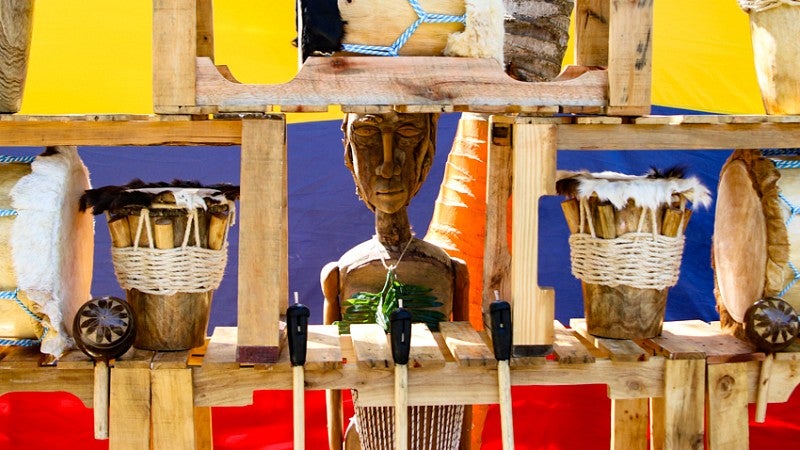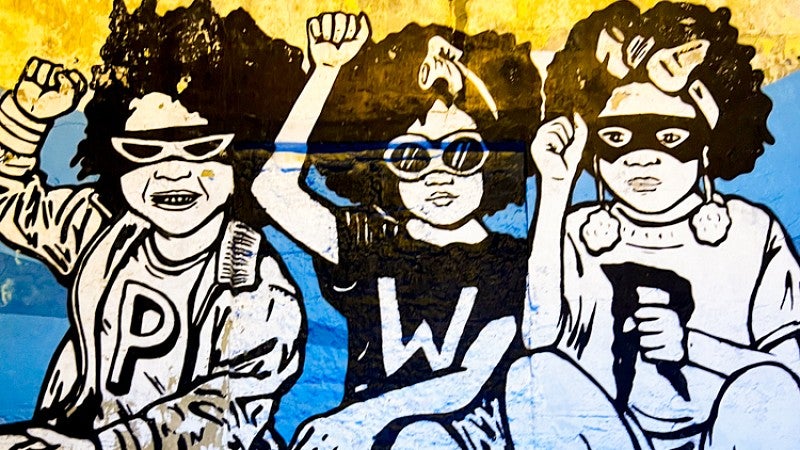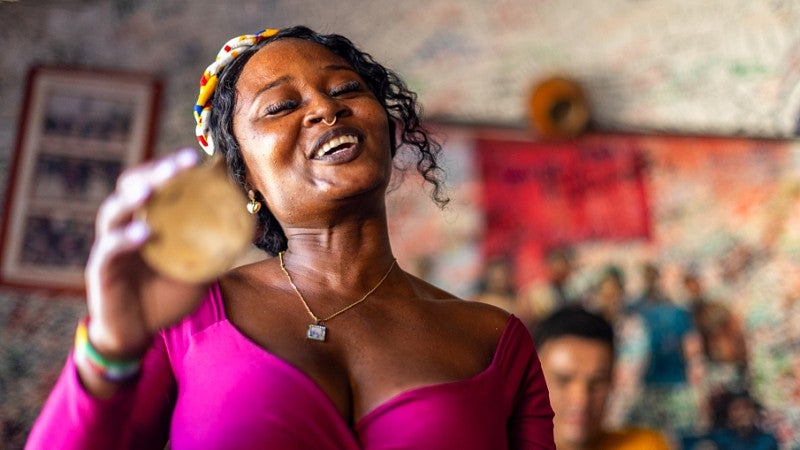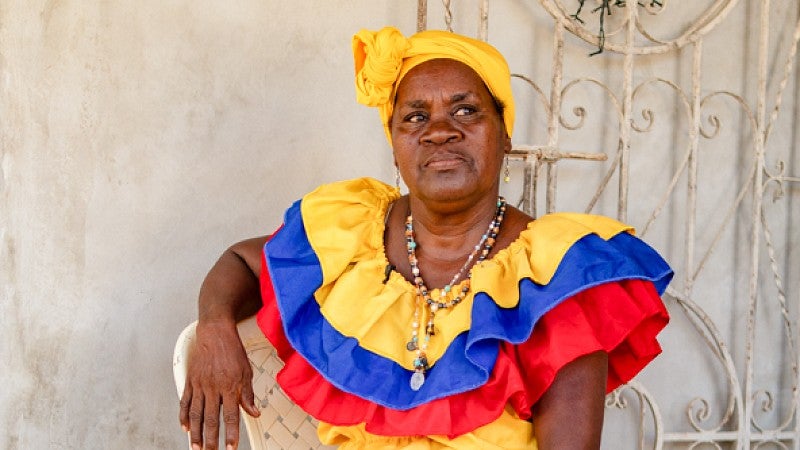Student Multimedia Stories Capture Life in Colombia
Story by Julia Boboc, class of ’26
Photos and videos by SOJC Colombia student team
Medellin, Colombia, is a vibrant city where the sound of music emanates from all directions, the smell of food wafts through the streets and the colorful buildings dazzle the eye. It is the perfect environment for a multimedia project focusing on local musicians and dancers, which is what brought 13 students from the UO School of Journalism and Communication (SOJC), guided by Associate Professor Ed Madison, SOJC journalism and advertising alum Jordan Bentz ’12 and Edwin L. Artzt Dean Juan-Carlos Molleda to the South American city tucked into the Andes Mountains.
For Madison, who founded the SOJC’s Global Stories program in 2014, the goal of the project was capturing life in Colombia authentically.
“We're not looking to ride a bus and sightsee and do all the things that most tourists do,” Madison said. “We're looking for an opportunity for our students to engage with local individuals. It's all designed to take students outside of the experience of being in a place like Eugene, and having real-world experiences with people who may speak another language, eat a different type of food.”
For 13 days in December 2023, the students and advisors traveled around Colombia by bus, boat, motorcycle, taxi and other forms of transportation to meet with artists who overcame unimaginable challenges for the sake of their crafts and communities.
They met Son Batá, who uses education and art to connect Afro-Colombians to their heritage; documented the hip-hop renaissance of Comuna Trece; explored the intricate relationship between Colombian music and birds; delved into the artistry of three Colombian dancers and much more.
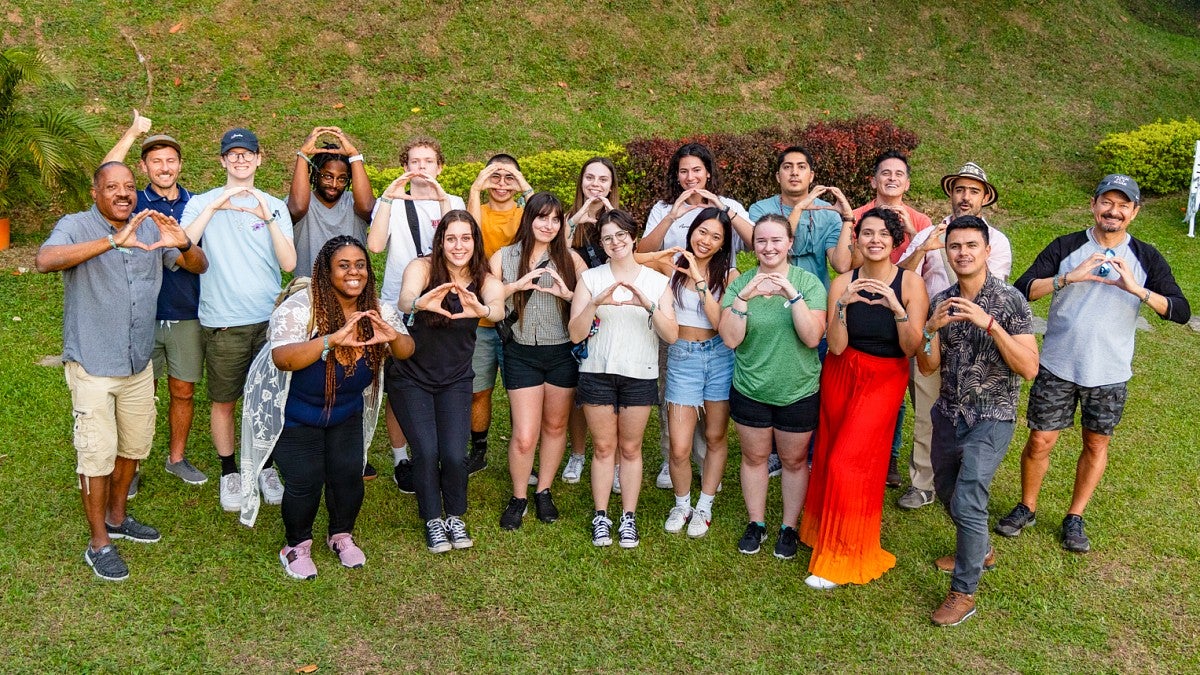
How They Did It
The students spent fall term researching Colombia’s music scene. Once they landed in Medellin, they met with their guides, who showed them around the city and introduced them to the musicians they would be getting to know during their stay.
The students then decided which musicians they wanted to focus on for their stories. For some, the choice was based on the musicians who would best match their medium. Other students chose artists they felt a connection to.
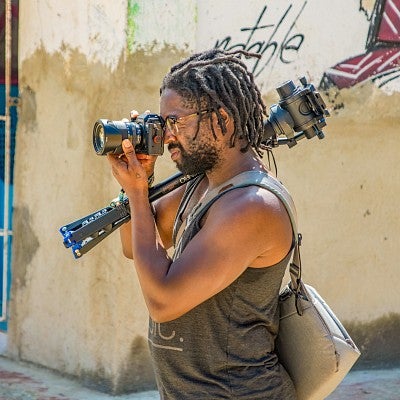
Advertising major Lauren Becker, the art director, photographer, and videographer on the trip, chose to make a video about two dancers. “That story was particularly special to me because I am a dancer myself,” she said. Learning more about dance in Colombia gave her a greater appreciation for her own craft.
That was why the trip was such a success, said Nick Beccar Varela, the multimedia editor and videographer on the trip. “We were all invested. We all wanted to be there,” he said.
Across media, interests and backgrounds, Varela says everyone on the trip worked hard and produced exceptional work. “We all wanted to put our best foot forward,” he said.
After 13 days jam-packed with interviews, photo and video shoots, activities and performances, the team said their goodbyes.
After returning to Eugene for post-production, reality hit, Lizzy Lee said. The students set out to work on their projects while balancing classes and jobs. It was hard to keep people on track, Lee said, but the team pulled the project together just in time for their scheduled Allen Hall exhibit in May.
What They Learned about Life in Colombia
During the trip and after, the team learned more about their crafts, their collaboration and themselves.
The project pushed students to their limits, but it was more than worth it.
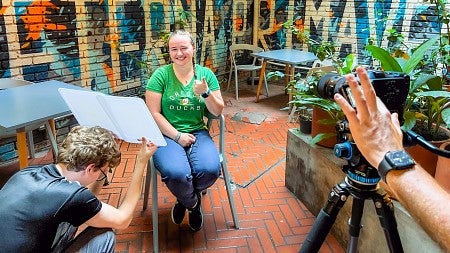
For Varela, managing expectations was difficult. As one of the only students who spoke Spanish, he assumed the role of translator would take a lot of energy. He was worried about the team’s dynamic and embarking on such a huge project with a group he’d only just met. ”I expected it to be overwhelming,” he said.
But the team’s work ethic and willingness to help each other made the trip smoother than expected. ”Why freak out about it before?” Varela realized.
For many students, the project was an opportunity to take on a role they hadn’t had before. ”I really learned what it means to be a leader in a work setting,” Lee said. The project taught her how to be responsible for a team, and it taught her that she preferred content production over logistics.
Becker said her biggest lesson came from her role as art director. Her task: creating the website that showcased the team’s work. She volunteered for the position even though she had no previous experience making websites.
”I learned that it is OK not to know things, and to be new at something,” she said. “Although I made some mistakes, everyone on the team was super eager to help and give me some positive feedback.”
Favorite Stories from the Trip
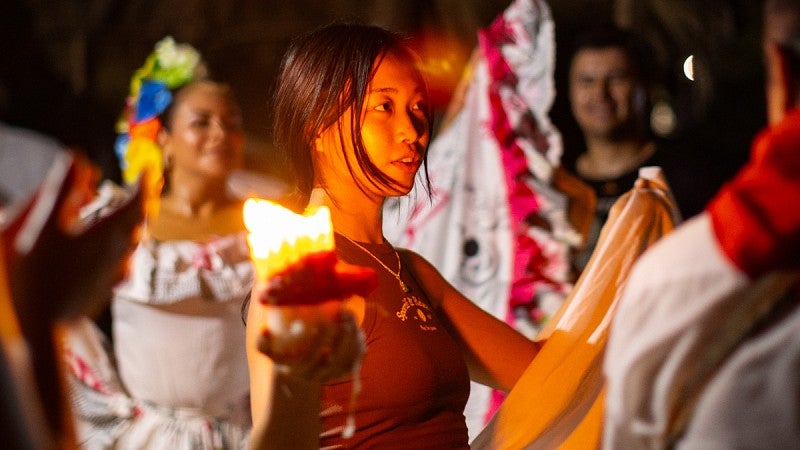
“I remember in Mompox we had a carnival music festival. There was music and dancing, and it was at that point in the night where it was too dark to take photos or shoot video, so everyone was just hanging out and having fun. This little girl kept looking at me, and at first I thought she was just giving me a side-eye, but eventually she came up to me with a grown-up. I don’t speak Spanish, so Julianna (Medina, founder of Impulse Travel) had to translate what the lady was saying. I found out that the little girl was half Asian and she’d never seen another person who looked like her. She thought I looked pretty and wanted to dance with me. It was so heartwarming being able to be that representation for her. I thought it also encapsulated the idea that music is something that connects all people regardless of barriers like language.”
—Lizzy Lee
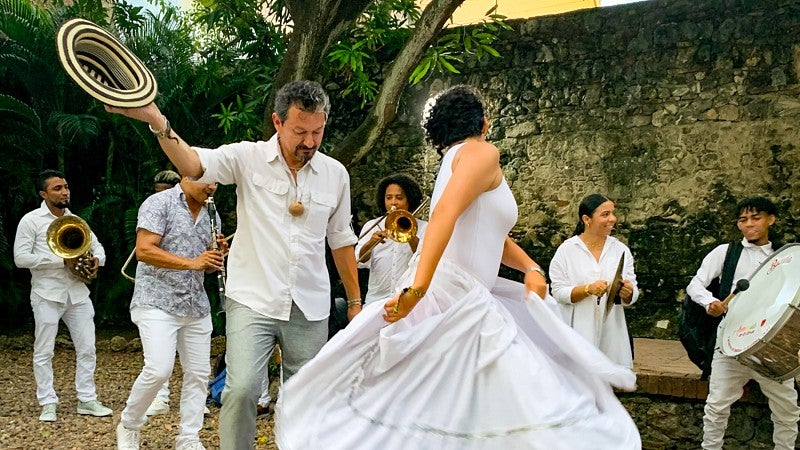
“Our last night there, we were all told to dress in white and that there would be a surprise. So we just showed up at this museum in a very colonial, beautiful city, and because it was close to Christmas, there were lights and ornaments and everything else. There was a marching band there. But when I say marching band, it wasn’t like a Duck’s game marching band; it was more traditional music, horns and things. We started dancing inside the courtyard of this museum, and it went out onto the streets of Cartagena, and all of a sudden, the entire town started dancing along with us. It was magical. It was just amazing. I’ll never forget it.”
—Ed Madison

“In this really, really small village, this little boy came up as I had this huge cinema camera on a tripod and I was filming. He was really curious about the camera and how it was working. So I taught him how to use it and — I don't know how old he was, maybe 7 — but seeing him work the camera and seeing that he was capturing his sister dance was such a powerful moment for me. It could have really easily been 13 Oregon college students flying to Colombia, making a documentary about music and leaving. But there was a strong emphasis on integrating and being present and not having it be extractive. Experiencing that on the last day (showed) we were actually connecting with the communities we were entering.”
—Nick Beccar Varela
The Final Product
As he reflects on the work the team completed over eight months, Madison is overwhelmed with pride. “They did an incredible job,” he said.
The students’ impactful storytelling reminds him why he created the program in the first place. He had hoped that the travels would be transformative. And he wanted to teach students to be better members of society. He feels both aims were accomplished.
“It opens you up to so much when you have an opportunity to see and experience the world and meet other people,” he said. “It makes you a kinder person. I think it makes you a more thoughtful person. And it makes you not as isolated.”
Madison says the Global Stories program will continue as long as students are willing to get out of their comfort zone. For him, it’s a way to put journalism in the hands of a new generation.
“I've done a lot of work in the industry,” he said. “It's great to now be at a stage where I can support the next generation of storytellers.”
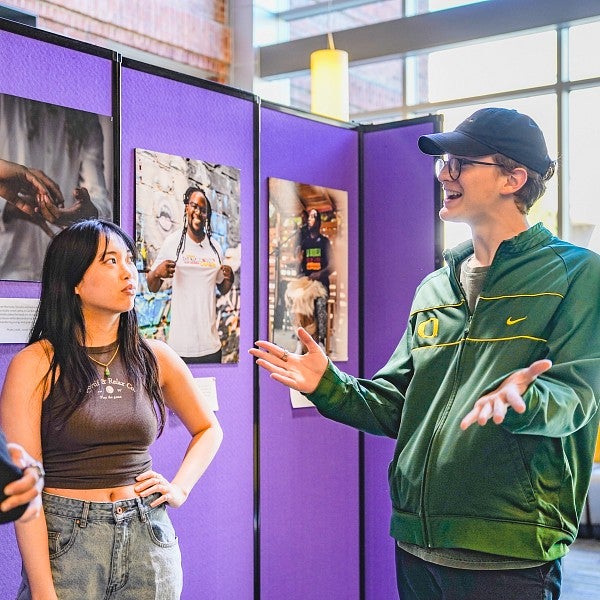
The Exhibit
On May 9, more than four months after the team left Colombia, they held an exhibit of their work in the Allen Hall Atrium.
They displayed their photos on posters, looped their videos on large screens and invited families, friends and classmates to view the work the team had spent three months curating.
Varela said it was rewarding to see and share the final project.
“People were looking at the pictures, and a bunch of people on the team brought friends and family,” he said. “Standing there and looking around, having a full atrium looking at the work that we spent so long working on … it was amazing.”
And the exhibit provided an opportunity for the team to reconnect and reminisce.
“We spent three hours after the event ended just sitting at a table and we were, like, ‘Oh my God, remember this?’” Varela said. “It was so nice coming back together, having this weight lifted and just being really proud of the work that we did.”
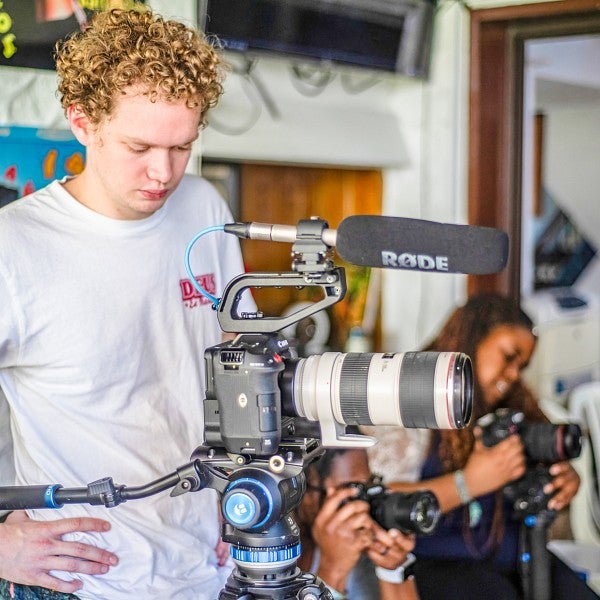

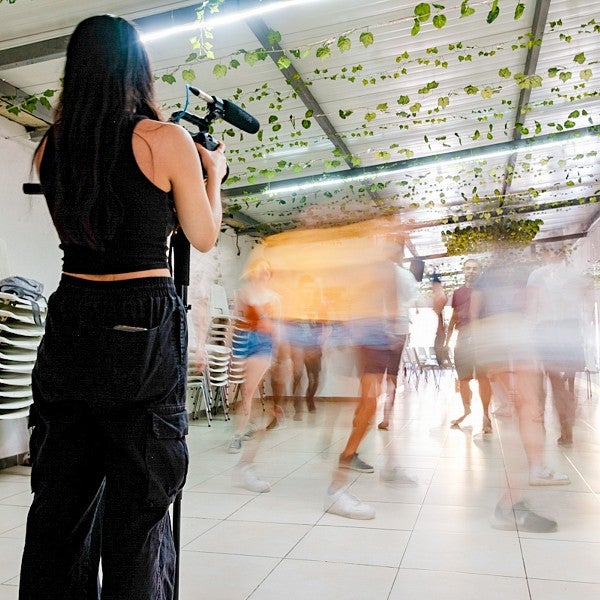
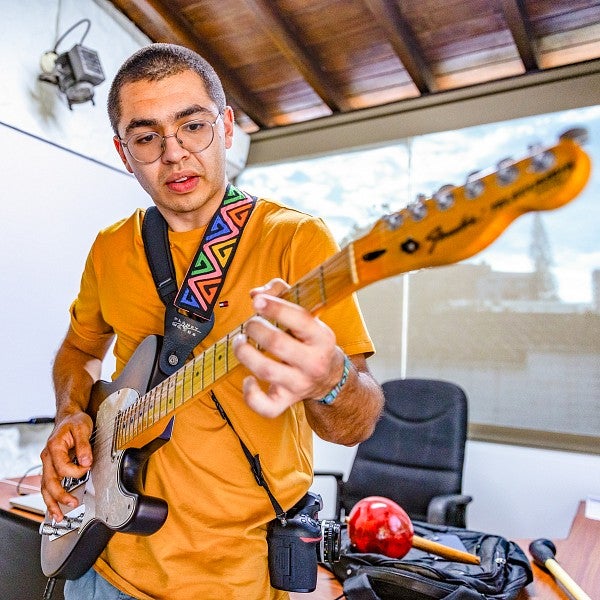
Julia Boboc is a third-year journalism major in the UO School of Journalism and Communication direct-admit program and a member of Clark Honors College. She especially enjoys interviewing and writing about people and feels everyone has a story to tell. She loves trying new things in journalism and taking on cool projects. She also produces a podcast, “How It’s Reported,” for the Daily Emerald.

